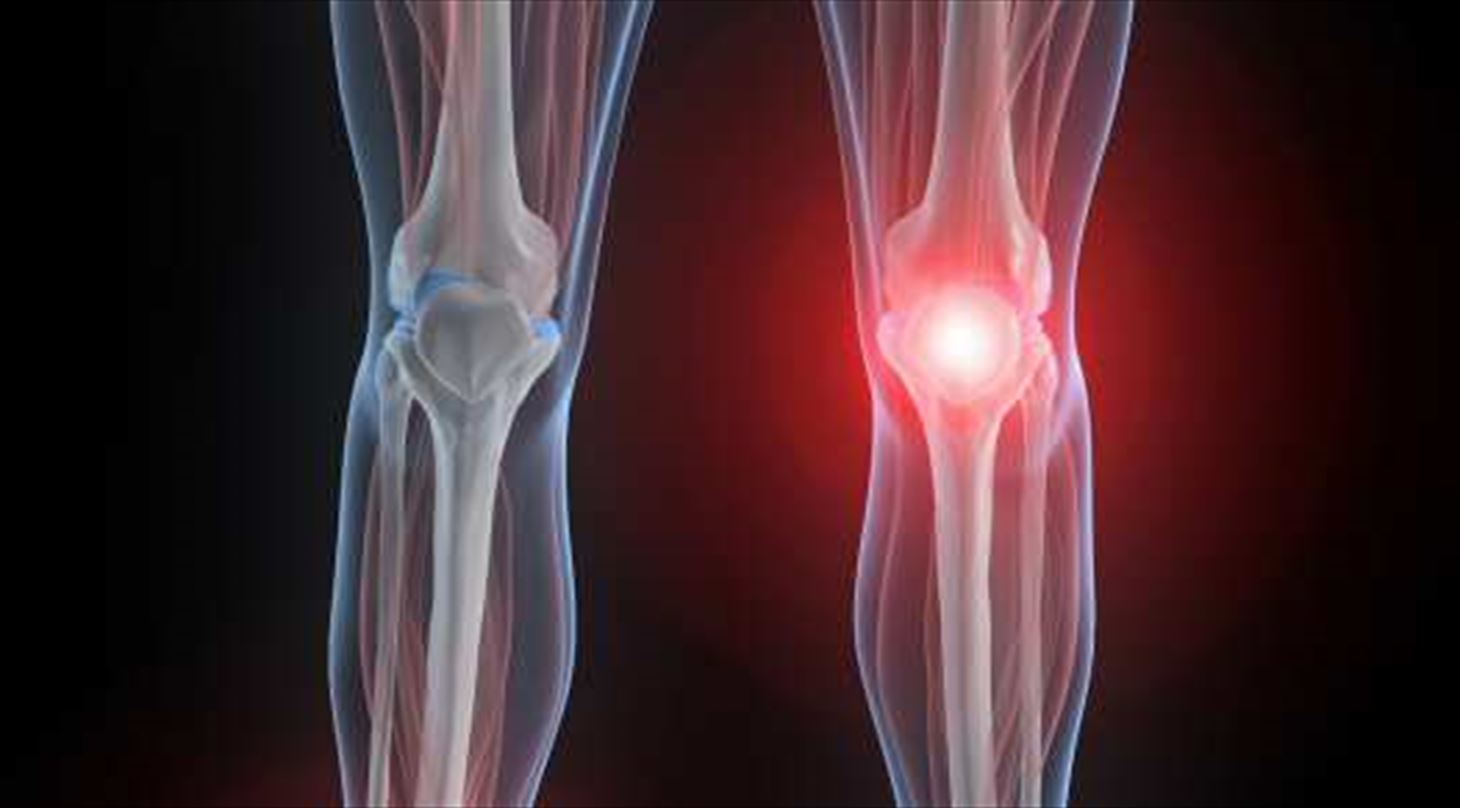
Project - Improved Artificial Joints
HypOrth
Project start August 2013. Project completion July 2018.
Problems with artificial joints
Painful and degenerated joints are a growing problem in Western societies, and an increasing number of citizens require implantation of artificial joints, especially knees and hips. Even though the vast majority of surgeries are successful, still approximately 5 percent of implants need to be removed within 10 years. Most often this is caused by loosening of the prosthesis.
HypOrth
The aim of the HypOrth-project (hypoallergenic implant material in Orthopaedics) is the development of personalized implants that will last the patients' whole life. Testing of the patients’ genes and immune system prior to the operation will allow the selection of the right implant materials thus avoiding adverse immunological reactions. During the project, gene tests and immunological biomarkers will be discovered, and hypo-allergenic materials and antimicrobial implant surfaces will be developed
Danish Technological Institute (DTI), Medical Biotechnology, contributes to HypOrth by providing know-how on sampling, handling and storage of clinical specimens. Moreover DTI undertakes molecular DNA and RNA-based analysis of clinical samples to distinguish infected patients from patients with sterile, immunological reactions. DTI is also involved in the development and testing of antibacterial implant surfaces.
Partners
- University of Magdeburg, Germany
- Research centre for natural sciences, hungarian academy of sciences, Hungary
- Mathys European Orthopeadics, Switzerland
- GABO:MI project management, Germany
- INOP metal forming institute, Poland
- University of Tartu, Finland
- Progenika biopharma, Spain
The project is funded by the European Commission under the 7th Framework Program.
Problems with artificial joints
Painful and degenerated joints are a growing problem in Western societies, and an increasing number of citizens require implantation of artificial joints, especially knees and hips. Even though the vast majority of surgeries are successful, still approximately 5 percent of implants need to be removed within 10 years. Most often this is caused by loosening of the prosthesis.
HypOrth
The aim of the HypOrth-project (hypoallergenic implant material in Orthopaedics) is the development of personalized implants that will last the patients whole life. Testing of the patients’ genes and immune system prior to the operation will allow the selection of the right implant materials thus avoiding adverse immunological reactions. During the project, gene tests and immunological biomarkers will be discovered, and hypo-allergenic materials and antimicrobial implant surfaces will be developed.
Status
By the end of 2015, more than 400 patients with artificial joints have been recruited for the project. In parallel to recruitment, scientific experiments on cell lines have been conducted, and the development of antibacterial and hypoallergenic implant materials is ongoing. During 2016, detailed analysis of blood and tissue samples collected from the participating patients is taking place with the aim to discover underlying mechanisms for loosening of prostheses and to guide further development of implant materials and develop prognostic testing.
DTI, Medical Biotechnology, heads the task of differentiating patients with sterile adverse immune reactions from patients with infected artificial joints. This includes culturing at the involved clinics and molecular analysis of bacterial DNA in patient samples retrieved during surgery at DTI. Furthermore, DTI is benchmarking the antibacterial properties of implant materials and aiding in the development of improved antibacterial implants.
Links